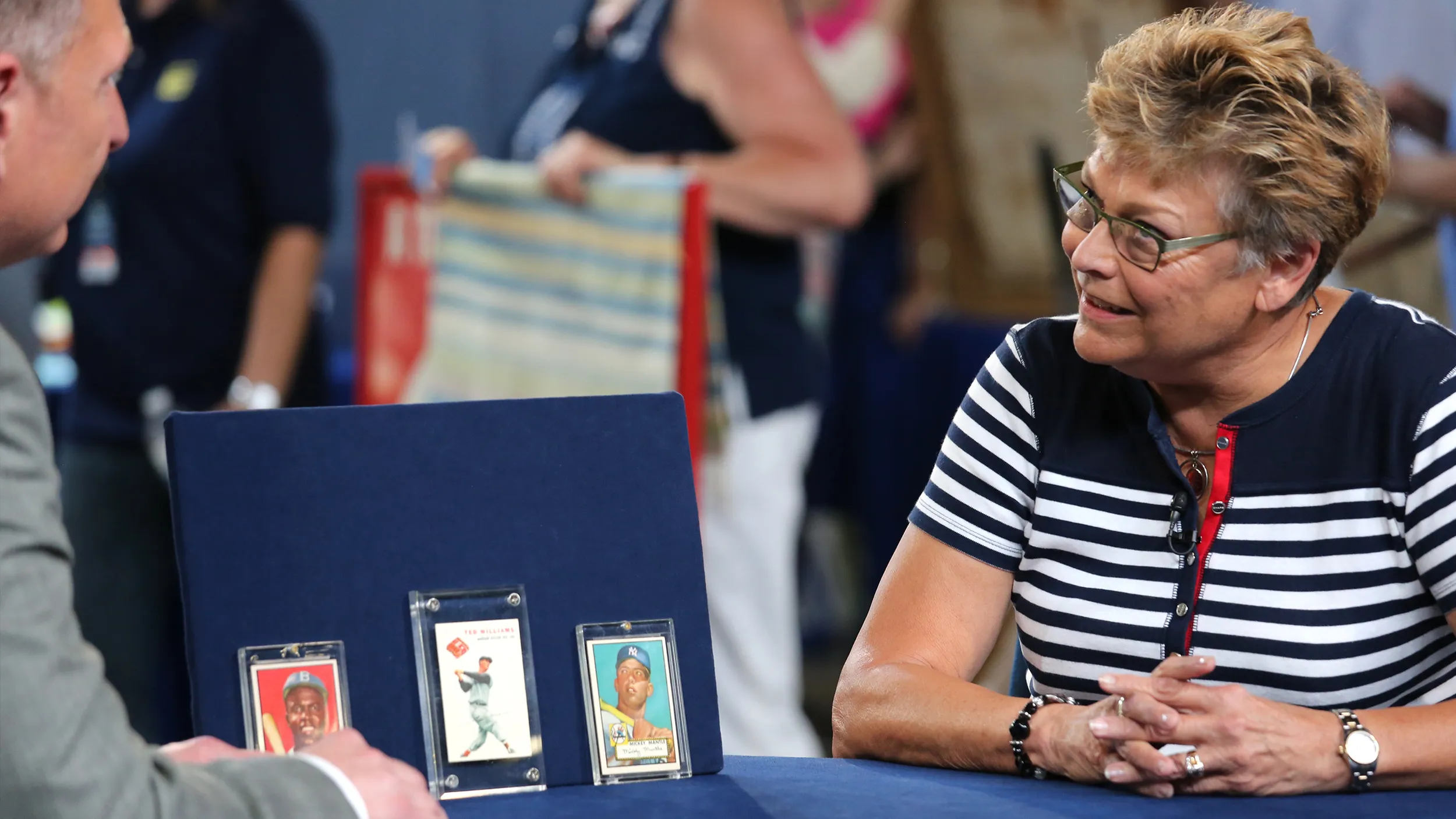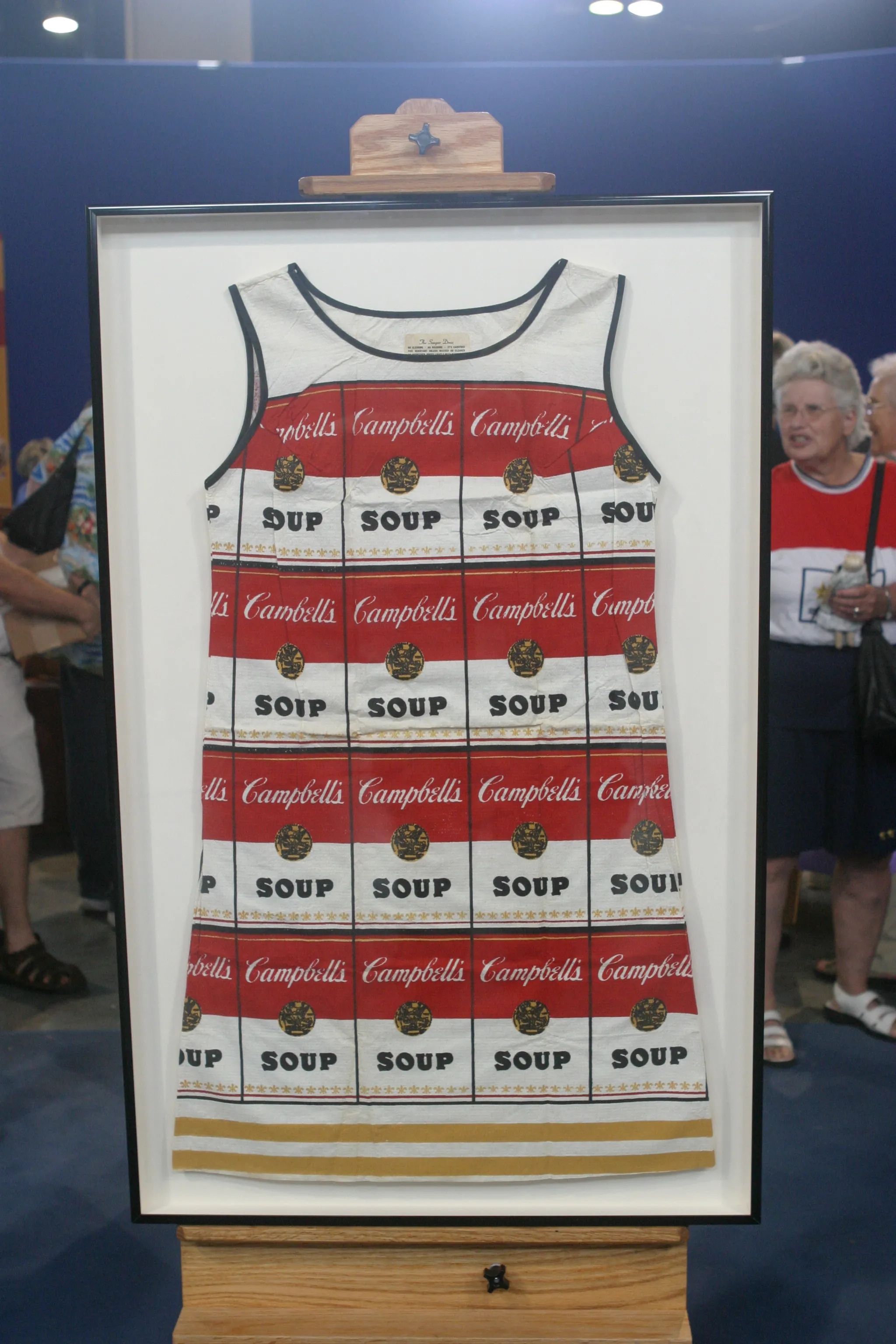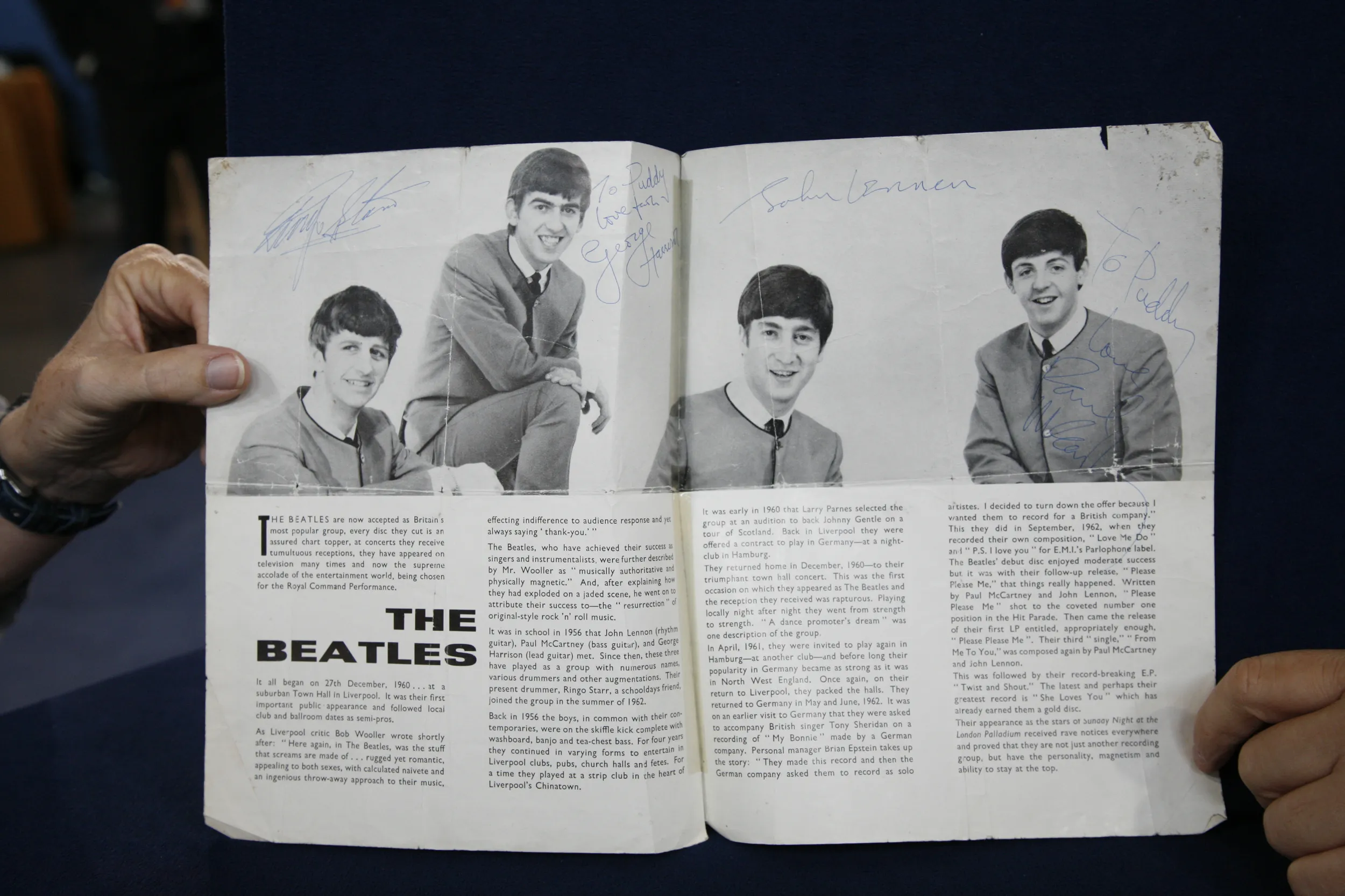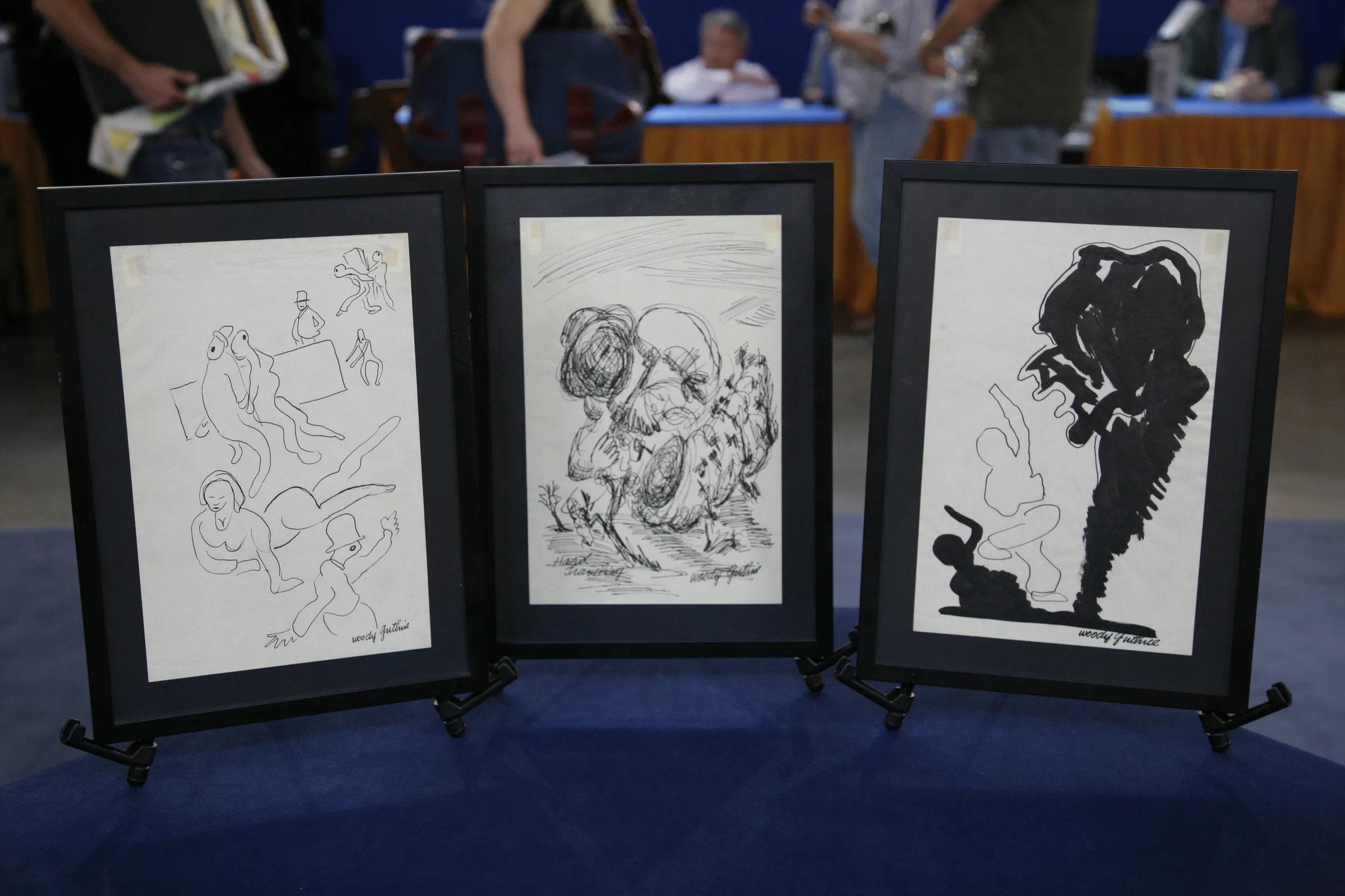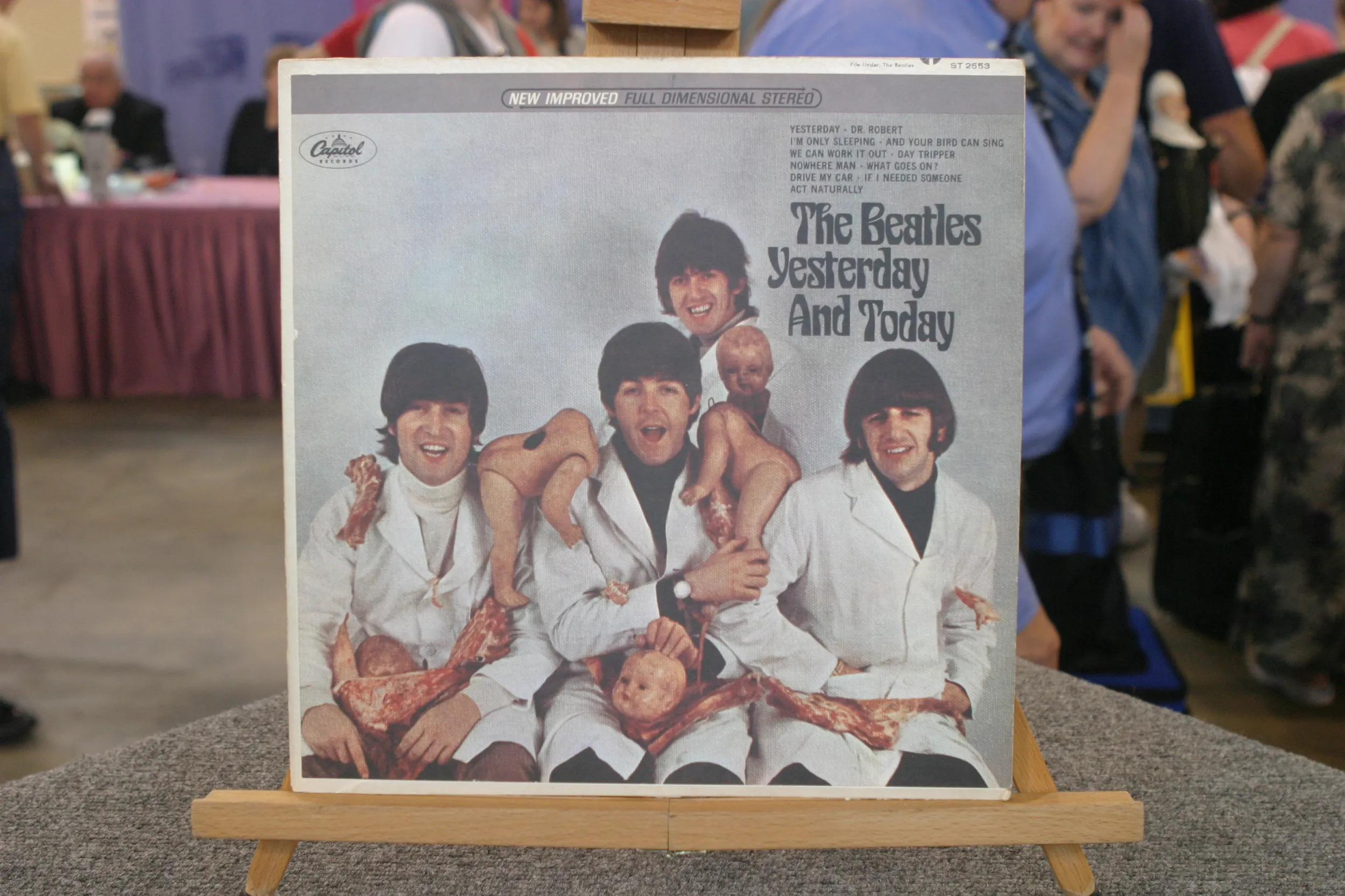GUEST: I brought my Barbie doll that I got when I was a little girl, not too long after Barbie first came out, and I'm just interested in finding out a little bit about her. I had an aunt that never had children, and she would take all of her nieces and nephews... I grew up in Central Illinois. And she would take all of her nieces and nephews by train up to Chicago at Christmas, and she would give us all five dollars, and we were able to go to Marshall Field's at the toy store and buy our Christmas present from her every year. And I bought Barbie. I was in love with her.
APPRIASER: Well, I think you made a wonderful choice. We do see a lot of Barbies that come in every season to the ANTIQUES ROASHOW. And most people will put them down and say, "I have the very first Barbie that came out."
GUEST: Yes.
APPRIASER: And most people don't have the very first Barbie that came out, and actually, neither do you.
GUEST: (laughing) Right.
APPRIASER: But this Barbie came out at the same time approximately, just shortly after the number one. This is a number-two Barbie.
GUEST: Okay.
APPRIASER: There is only one difference between the number-one and the number-two Barbie, and that is the lack of holes in the number-two doll's feet.
GUEST: Oh, really?
APPRIASER: Number one had holes that were there that had a stand that the doll stood on.
GUEST: I did not know that.
APPRIASER: And they decided, I think, that that... the doll didn't stand on it very well. So shortly after starting production, they came out with number two. Barbie was made in 1959 by Mattel. And the number-two Barbie came out in 1959, also, until 1960, but for only about three months. She has the pointed eyebrows.
GUEST: Uh-huh.
APPRIASER: She has a heavy vinyl body. She has white iris. And kind of sharp features identical to number one, except for those feet. What I like about your doll is the fact that she's in wonderful condition.
GUEST: Oh, really?
APPRIASER: And yet you did play with her.
GUEST: Yes, yes, I did. I played with her all the time. And in fact, my daughter played with her.
APPRIASER: She is in beautiful condition. She not only has her hair in its original set...
GUEST: Uh-huh.
APPRIASER: It doesn't look like you have ever done anything to it.
GUEST: No, I never combed it or never... no, I never did.
APPRIASER: It's beautiful. The brunette Barbie is a little bit more rare for the number-one and number-two Barbie than the blonde doll is. She has a pearl earring, which actually, the number one always had a gold hoop. Number two frequently had a gold hoop, but there were some that were done with the pearl earring.
GUEST: Pearls, okay.
APPRIASER: The good thing, looking at this one, is that even though it doesn't look like you've ever taken those earrings out, you do not have green going down the side of the doll's face from her earring.
GUEST: Oh.
APPRIASER: And that was a real common occurrence, and it devalues the doll by a lot.
GUEST: Oh.
APPRIASER: She is rare in that the number two actually was made for a shorter period of time than the number one. There are fewer of the ponytail number twos than there are number ones. Number one is a little bit more expensive because people want number one. But you have, actually, a rarer doll and a beautiful example.
GUEST: Really?
APPRIASER: If I were to see her at a doll show, I would expect that she would bring somewhere in the $3,000 to $3,500 price range. And wonderful example.
GUEST: Thank you, Aunt Mary! Thank you so much! I did not expect this. I, so... wow. (laughs)

